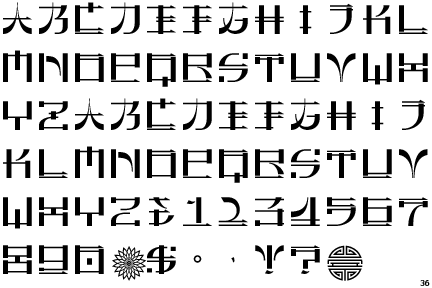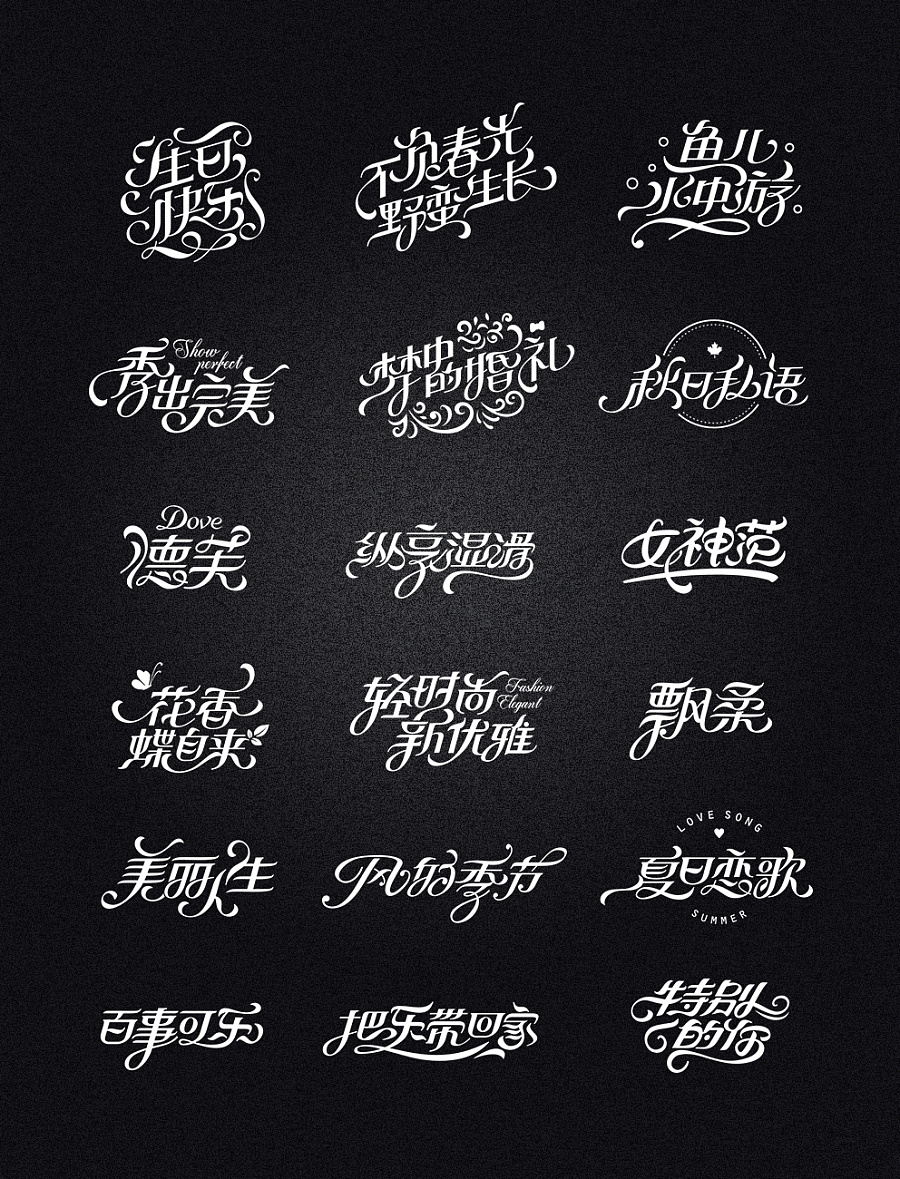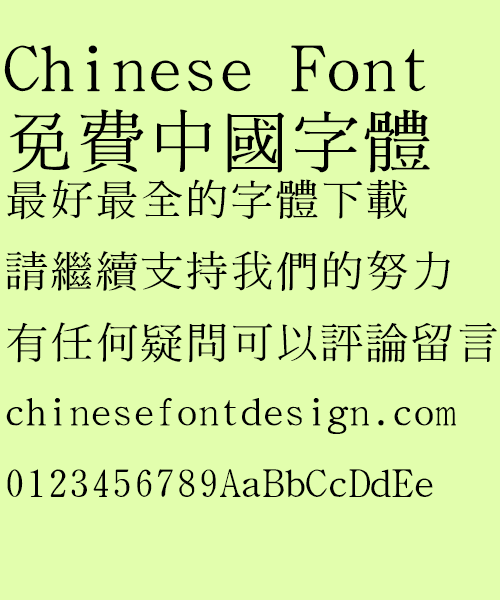


How To Express Appreciation Not Appropriation These Oriental details can be seen in almost every industry – from fashion, graphics, architecture, to tech, literature, and typography. Retrieved June 15, 2013.Asian elements have always been popular all over the world.įor years, numerous designers have ‘borrowed’ concepts from countries like Japan, China, South Korea, Thailand, and Vietnam. "Fukudome doesn't find racist T-shirts in Wrigleyville funny".

The questionable use of such fonts was the subject of an article in the Wall Street Journal by cultural commentator Jeff Yang. The Chicago Cubs were hit with backlash from the Asian community after a similarly offensive T-shirt was produced by an independent vendor in 2008. In 2002, the clothing retailer Abercrombie & Fitch faced controversy when it produced a series of T-shirts with buck-toothed images and wonton font slogans. The font's usage is often criticized when paired with caricatures that hark back to the Yellow Peril images of the late 19th and 20th century.

Some Asian-Americans find wonton fonts amusing or humorous, while others find them offensive, insulting, or racist. Many variations of this style of font have been created by typeface designers since its inception. The first commercial typeface of this style was patented in 1883 by the Cleveland Type Foundry, under the name "Chinese", which became "Mandarin" in the 1950s. In modern times, they are sometimes viewed as culturally insensitive or offensive. Styled to mimic the brush strokes used in Chinese characters, wonton fonts often convey a sense of Orientalism. An early use of a wonton font ("Japanese Tea Gardens") in signage for the World's Columbian Exposition, 1893.Ī wonton font (also known as Chinese, chopstick, chop suey, or kung-fu) is a mimicry typeface with a visual style intended to express an Asian or Chinese aesthetic.


 0 kommentar(er)
0 kommentar(er)
